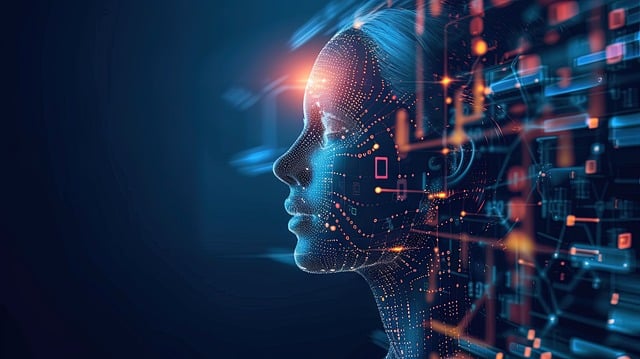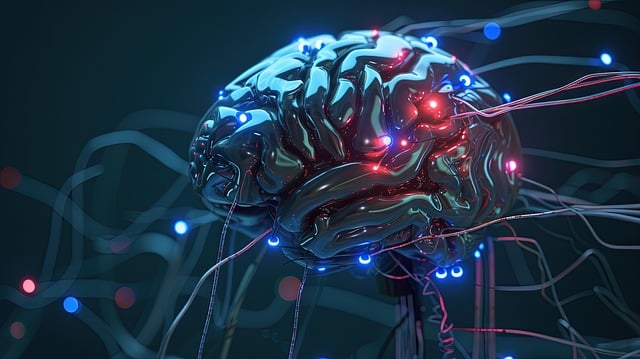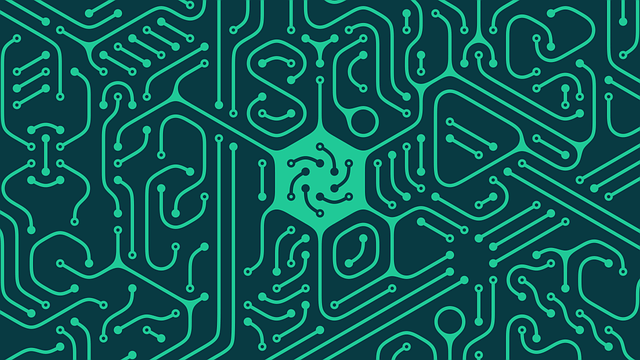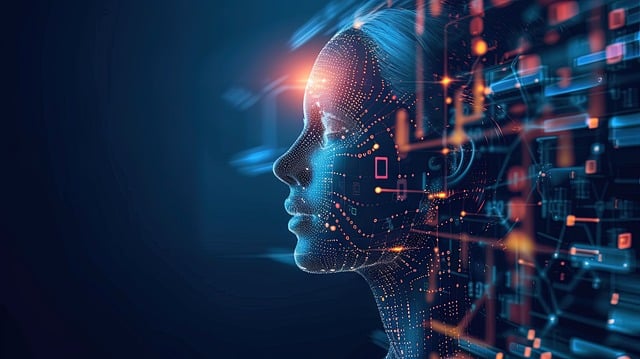In recent years, terms like artificial intelligence and machine learning have become buzzwords in the tech world, but many people still confuse these two concepts. While AI and ML are closely related, they are not the same. To clarify, this blog post explores the core differences between artificial intelligence vs. machine learning, their applications, and how they are shaping industries today. By the end, you’ll understand what is machine learning in artificial intelligence and why it’s crucial to differentiate between AI, ML, and deep learning.
Artificial Intelligence vs. Machine Learning: Key Concepts
Artificial intelligence (AI) and machine learning (ML) share the goal of making machines “smart,” but their approaches and scopes differ. Below are some of the defining aspects of AI and ML that highlight their unique characteristics.
Artificial Intelligence
Artificial intelligence is the broader concept of machines being able to perform tasks that typically require human intelligence.
- Core Objective: The primary goal of AI is to create systems capable of independent reasoning and adaptive behavior. Unlike traditional programs that follow pre-defined steps, AI systems aim to simulate human-like problem-solving.
- Subfields of AI: AI encompasses various domains such as natural language processing (NLP), computer vision, robotics, and expert systems. Each subfield specializes in specific aspects of human intelligence.
- Applications: AI powers tools like chatbots, virtual assistants, recommendation engines, and even complex systems like autonomous vehicles. Its adaptability makes it valuable across industries like healthcare, finance, and education.
Machine Learning
Machine learning is a specialized subset of AI that focuses on enabling machines to learn from data.
- Core Objective: ML algorithms identify patterns in datasets and use these patterns to make predictions or decisions without explicit programming for each task.
- Types of ML:
- Supervised Learning: Models are trained using labeled data to predict outcomes.
- Unsupervised Learning: Algorithms find hidden patterns in unlabeled data.
- Reinforcement Learning: Systems learn by trial and error to maximize rewards.
- Applications: From spam filters to predictive analytics in marketing, ML algorithms are highly versatile. They are foundational for applications like fraud detection, speech recognition, and recommendation systems.
AI vs. Machine Learning: Which One to Use?
Understanding when to use AI or ML depends on your specific needs. Each technology excels in different scenarios.
AI for Broader Cognitive Tasks
AI is suitable for tasks that require broader intelligence and adaptability.
- Example: If your business needs a conversational chatbot capable of handling diverse topics and adapting to user behavior, AI is the better choice.
- Benefits: AI can automate decision-making processes that require a comprehensive understanding of context.
ML for Predictive Analytics
Machine learning is ideal for scenarios where data analysis and predictions are critical.
- Example: Companies use ML for customer churn prediction or inventory forecasting, where accurate predictions can improve operational efficiency.
- Benefits: ML focuses on finding patterns in large datasets, making it perfect for improving decision-making accuracy.
Difference Between AI, ML, and Deep Learning
It’s essential to understand how deep learning relates to AI and ML, as these terms are often used interchangeably.
Artificial Intelligence
AI includes any system that mimics human intelligence. For instance, rule-based systems or expert systems that don’t involve learning still qualify as AI.
Machine Learning
ML is a method within AI that focuses on using data and algorithms to enable machines to improve over time. Unlike traditional AI systems, ML models don’t rely on fixed programming but on data-driven insights.
Deep Learning
Deep learning, a subset of ML, uses artificial neural networks inspired by the human brain.
- Applications: Deep learning is behind advanced technologies like image and speech recognition, where the depth of neural networks allows for highly accurate results.
- Importance: It’s particularly useful for tasks requiring detailed analysis, such as self-driving cars interpreting their surroundings.
AI vs. ML: Real-World Examples
To appreciate the difference between AI and ML, it’s helpful to explore real-world applications.
AI Applications
- Autonomous Vehicles: AI integrates sensors, computer vision, and decision-making to allow cars to navigate safely.
- Healthcare Diagnostics: AI systems analyze medical images and patient data to assist doctors in diagnosing diseases faster.
- Virtual Assistants: Tools like Siri or Google Assistant use AI to understand and respond to user queries.
ML Applications
- Recommendation Engines: Netflix and Spotify rely on ML to suggest content based on user preferences.
- Fraud Detection: Banks use ML to detect suspicious activities in real time, minimizing financial fraud.
- Predictive Maintenance: ML helps industries predict equipment failures, reducing downtime and maintenance costs.
Conclusion
Artificial intelligence and machine learning are transforming industries and reshaping how we interact with technology. While they share similarities, understanding their differences is key to leveraging their potential. Artificial intelligence serves as the overarching framework, while machine learning focuses on creating smarter systems through data-driven learning. Knowing when to use AI for broader applications and ML for specific data-centric problems ensures businesses can maximize their technological investments.
By grasping these distinctions, you’re better equipped to explore innovations like AI-driven customer behavior prediction, enhanced user experience design, and smarter automation systems. AI and ML are not just tools—they are the building blocks of the future.






